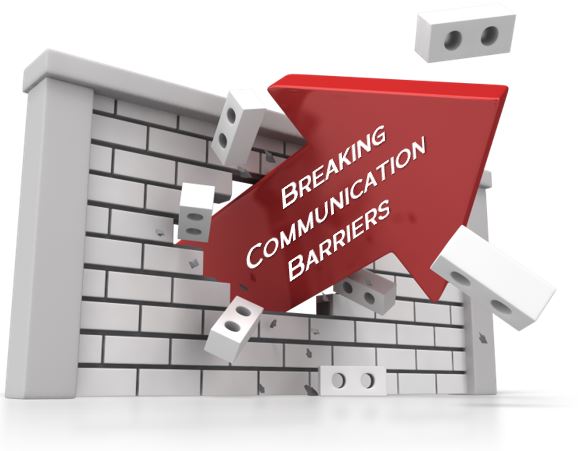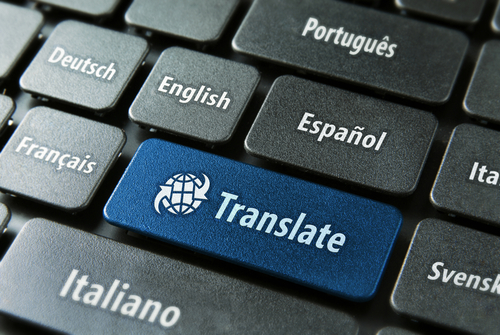We live in a global community with people of diverse language backgrounds; and since everyone needs insurance this means policy holders will run the spectrum. Therefore, it is not a stretch to assume as a small business providing customer-interactive services to a regional, national or global insurance company there will be a high probability of some policy holders being non-English speakers. Adding to this component is the expectation of excellence in customer service placed upon us by the assigning insurance carrier. As solutions providers we should realize quickly that one key factor becomes imminently necessary – communication will be the foundation of a successful transaction.
So who should small business owner be ready to communicate with on a daily basis? According to the U.S. Census Bureau there are 24 main languages spoken in our country with about 85% of the population having their native language as either English or Spanish. What about the remaining 15% because in a county of 325 million people that seems like a large number of potentially unhappy policy holders? Based on statistics there are about 3.4 million people in the US who speak Mandarin, 1.7 million speak Tagalog, another 1.5 million are native Vietnamese speakers, with Arabic and French accounting for 1.2 million each… taken as a group that’s a lot of impending communication obstacles.
As an appraisal company, we’re required to interact with vehicle owners on numerous topics like setting an appointment, talking about the vehicle damage or providing instructions on the steps of the repair process. This level of communication is taken for granted as an expected part of handling a claim assignment; but the idea that the English language is universal, even within the U.S.A, can quickly become a point of customer dissatisfaction.  Consequently, when looking at the modern insurance process and the rise of apps it is essential for business owners to provide their all their services with the language being a malleable component. The speaking and reading of someone’s native language definitely increases the probability of providing a notable experience to the policy holder which will further extend insurance carrier retention efforts. It is also important to note that customers tend to feel more confident when dealing in their native tongue – especially important during financial transactions like a vehicle damage claim.
Consequently, when looking at the modern insurance process and the rise of apps it is essential for business owners to provide their all their services with the language being a malleable component. The speaking and reading of someone’s native language definitely increases the probability of providing a notable experience to the policy holder which will further extend insurance carrier retention efforts. It is also important to note that customers tend to feel more confident when dealing in their native tongue – especially important during financial transactions like a vehicle damage claim.
Starting with the introduction of vehicle owner self-photo services it became instantly vital to be able to generate either English or Spanish based mobile phone apps. Since the text of an app is an easily replaceable component all small business owners should allow for translated versions. This proves invaluable when trying to request specific photos about vehicle damage as sometimes example photos just don’t cut it. Taking it one step further, when a business can combine a language agnostic  Smartphone application along with a multi-lingual staff for customer service questions there is definitive benefits to an insurance carrier’s policy holder. Unfortunately, staff language skills are not as easily replaceable as app text and hiring diversification is not always practical for a number of reasons so another way to bridge the language gap is connecting with a pay by the minute personal interpreter. Establishing an account with this type of service provider can allow a small business access to hundreds of language options and set the stage for a great customer service experience. As insurance company vendors handling operations across the country, we never really knows what language will be spoken or preferred on the other end of the transaction so we should all try to cover our bases from both the technology and personnel level.
Smartphone application along with a multi-lingual staff for customer service questions there is definitive benefits to an insurance carrier’s policy holder. Unfortunately, staff language skills are not as easily replaceable as app text and hiring diversification is not always practical for a number of reasons so another way to bridge the language gap is connecting with a pay by the minute personal interpreter. Establishing an account with this type of service provider can allow a small business access to hundreds of language options and set the stage for a great customer service experience. As insurance company vendors handling operations across the country, we never really knows what language will be spoken or preferred on the other end of the transaction so we should all try to cover our bases from both the technology and personnel level.